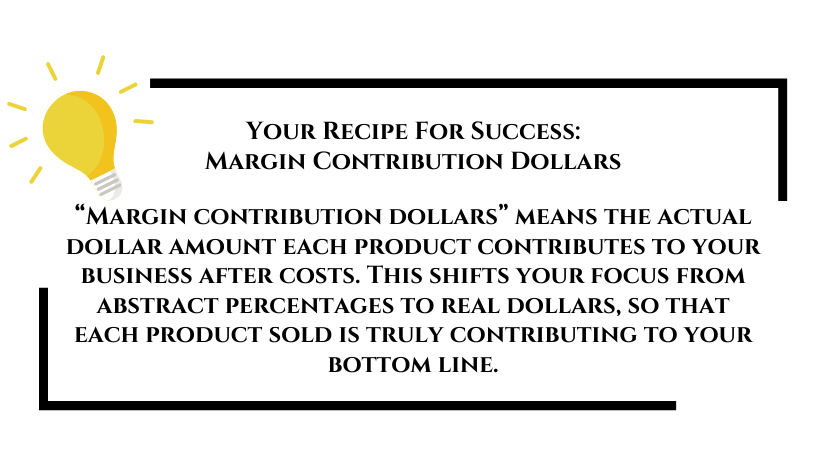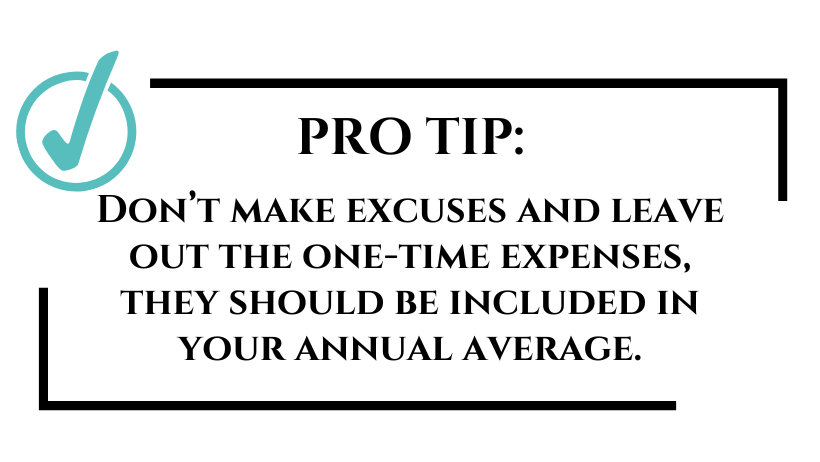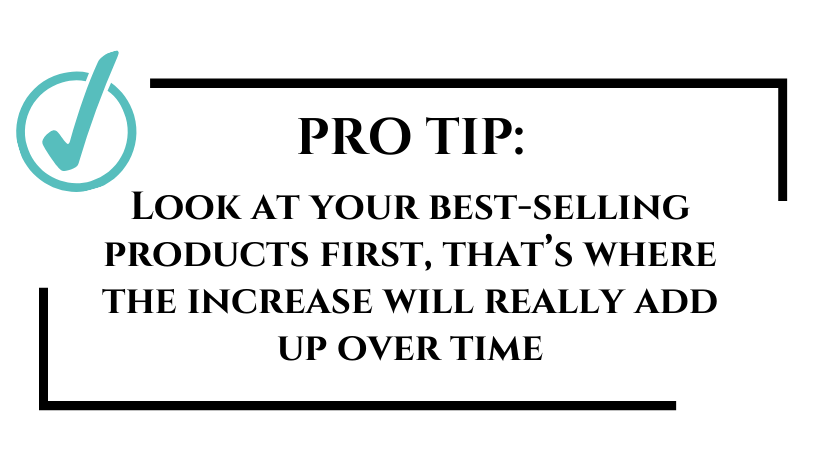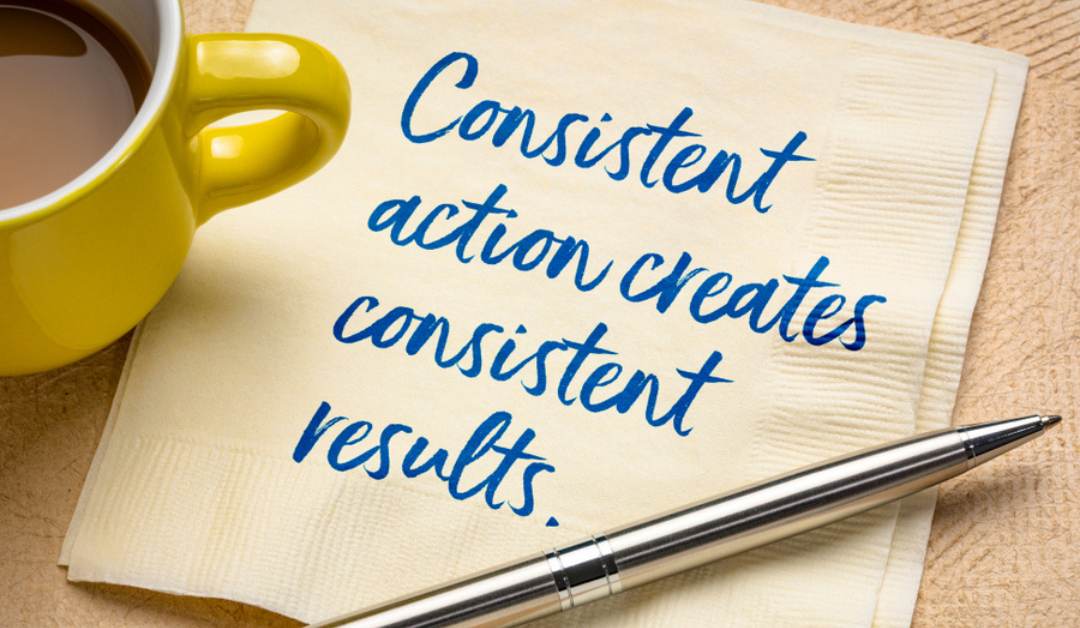How to add recurring revenue to your business Way back in late 2016 I thought it would be a great idea to start a membership. I called it the Inner Circle, and it was for people like me. Ecommerce store owners who were trying to grow their sales. I opened the...

Do You Have These Seven Habits That Predict Success? Episode 205
Seven Habits Of High-Performing Store Owners
As I sit down to write this, I’m about to embark on an 8 week journey with a group of fellow ecommerce entrepreneurs on our annual Reliable Revenue course. It’s a unique journey compared to our ongoing Inner Circle membership (where the trainings are regularly updated to reflect the changing landscape of ecommerce) , because it will be two months of very focused and intensive work. Students implement the strategies weekly, and by the end of 8 weeks they’ve put in place a system that consistently drives revenue to their online stores so that they can focus less on selling, and more on what they need to grow their businesses.
And so this year I’ve really been pondering how to empower our members to maximize their success. What I’ve learned in the past 15 years of teaching is that there are a handful of habits that seem to really predict whether a store will thrive. And these aren’t advanced tactics, they’re habits that every single one of us can build, regardless of our stage in business.
So I’m really excited to share these with you. The following insights are meant to help you, and especially our Reliable Revenue participants. Apply them strategically to your e-commerce endeavors and your ROI will continue to grow.
Listen to the podcast HERE or scroll down to get the seven transformative habits that can propel your ecommerce business to the next level.
Habit 1: Attention to Detail
The first difference I see between store owners who get a lot out of this training, and those who seem to be just treading water, is attention to detail. They intentionally set aside time to watch the lessons, and make sure that they implement the training that week. And they don’t multitask while doing it; they set themselves up for success by giving themselves the time and space to focus on one thing at a time, and get the work done. They finish that one thing, and make sure it’s done right, before they move onto the next.
Habit 2: Manage Expectations
Success is a marathon, not a sprint. The first time you try anything new, it’s never going to be your best outcome. And it’s probably the case that anything in life that you’ve achieved and felt very proud of didn’t happen overnight, and wasn’t handed to you on a silver platter. You put one foot in front of the other, persisted through challenges, and little by little achieved your goals.
When I say that a key habit to success is “managing expectations,” I mean both mentally and monetarily. Nobody likes to talk about it, but building a successful online business costs money. And it just isn’t realistic to think that you’re going to get a return on that investment in a matter of weeks. There will be times when you feel like you’re losing money – and you might be – but that’s part of the process. Running out of patience, or feeling like you’ve failed because your store isn’t further along after three years, is generally a symptom of poorly managed expectations.
When you accept that the road to achieving your goals may be long and winding, you’re better able to enjoy the little wins along the way. It’s about trusting the process and knowing that every step, no matter how small, is a step forward in your journey.
Habit 3: Break It Down To Beat Overwhelm
Even the most overwhelming projects become manageable when divided into smaller, bite-sized pieces. The truth is, when we take on big projects in our businesses, we may not even be able to see the light at the end of the tunnel. But that shouldn’t stand in the way of getting started. When you find yourself spinning in circles are unable to move forward because the task seems so big – break it down into more manageable pieces.
For example, which seems more doable: building a welcome email series, or deciding how many emails should go in a welcome series? The latter, right? It’s just a decision. And once you’ve made a decision, the next step will become much clearer. So the next time you sit down to do something that’s big and scary, don’t try to see the whole staircase, just take the first step.
Habit 4: Define Success
This is a big one, and so many people don’t do this. When you don’t take the time to define what success looks like, it’s a little like getting in the car and driving without a destination. So your first question shouldn’t be “how do I do this?” it should be “what do I want this to look like when it’s done?”.
By defining your end goal, you create a roadmap that guides your decisions and strategies, ensuring every effort is aligned with your ultimate objective. Like a beacon, a clear definition of success will keep you focused and driven even when you encounter obstacles.
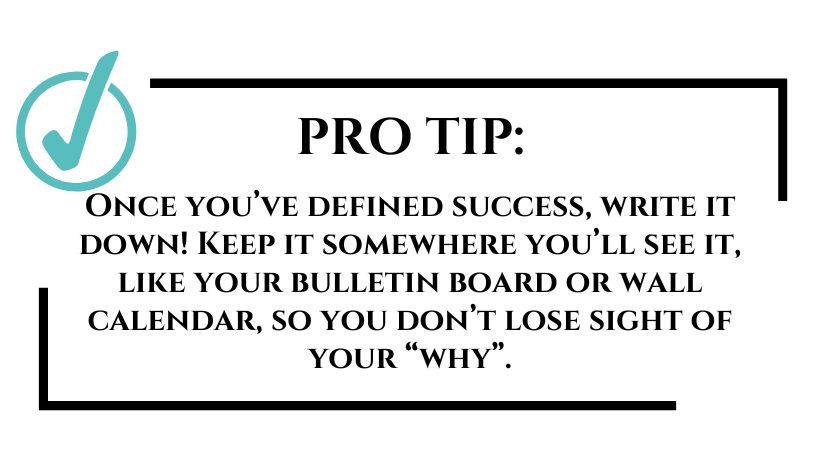
Habit 5: Be a Problem Solver
Life is full of mysteries, but one thing you can count on is that you will run into obstacles. You are guaranteed to come across some challenge that you think is too hard for you.
But successful store owners don’t immediately seek help at the first sign of trouble. They do the heavy lifting themselves. For example, if you’re watching a Reliable Revenue training, and you feel lost halfway through, pause for a moment, then keep watching until the end. Make notes, jot down your questions, take a deep breath, and then watch again. Stop and start the lesson if you need to and break it down into steps. Each time you’re able to solve some of your own problems, you build confidence and faith in yourself.
Search Google if you have to, even if it’s a technical thing that seems beyond you. Finding a YouTube How-To video and learning how to do something yourself that you never thought you could is empowering. Whereas getting outside help immediately can lead to feeling that you’re dependent on someone else to move you forward. Successful store owners take responsibility for their own success.
Habit 6: Be Tenacious
Time and time again, I see store owners quit too soon. They say they’ve “tried everything” but in reality they’ve tried something for a few weeks, gotten discouraged, and abandoned that strategy for a new one. They swear it just didn’t work for them, when their only mistake was giving it too little time.
But if they had just stuck with that first thing for three months instead of three weeks, they might have really gotten the hang of it and started to see results. When you quit too soon, you end up wasting a lot of time and learning nothing.
So give yourself some grace, and don’t give up so easily. Learning something new takes time, but when you’re tenacious you keep adding tools to your toolbox.
Habit 7: Master Before You Multiply
This one is hard for so many people. But remember – you’re not born with habits, you build them.
The last habit is to master one thing before you move on to the next. You’re so much better off making what you already have perform at 100% than leaving it at 70 and adding something else into the mix. When you allow yourself to pause and perfect, you build a strong foundation that will support your business’s future growth and resilience.
This is why so many Reliable Revenue alumni come back and do the course every year. They’re refining their systems. They know it works, but they’re committed to making it better rather than leaving it on autopilot and moving on. There are a lot of ways to win the race, but I guarantee that if you don’t pause and perfect 1 or 2 things that are working for you, you’ll end up with a lot of underperforming strategies and the terrible feeling that you missed out on your golden egg.
To Recap:
The 7 Habits of Successful Store Owners
- Take the time to do the work, and focus on it 100%
- Learn to manage your expectations, and celebrate small wins along the way
- Break big projects down into smaller, more manageable pieces
- Define what success looks like before you start
- Build confidence by becoming a problem solver
- Don’t quit too soon
- Perfect one thing before you move on to the next
These seven habits are more than just practices; they’re the building blocks of a successful e-commerce business. Embrace these 7 winning habits and watch your business soar.
RELATED LINKS:
Want Better Results? Do This First.
https://thesocialsalesgirls.com/want-better-results-do-this-first-episode-128/
How Long Will It Take You To Reach Your Goals?
https://thesocialsalesgirls.com/how-long-will-it-take-to-reach-your-goals-episode-203/
Here’s What To Do Differently In 2024
https://thesocialsalesgirls.com/heres-what-to-do-differently-next-year-episode-195/
How To Reach Your BIG Goals This Year
https://thesocialsalesgirls.com/2024-how-to-reach-your-big-goals-this-year-episode-197/
How to add recurring revenue to your business. Episode 208
That Time I Did Something Desperate. Episode 207
That Time I Did Something Desperate The road to ecommerce success is lonely. I know there are probably days when you feel like you’re never going to reach your goals, and you don’t have anyone nearby who understands what you’re going through, or who can give you words...
Here’s how to find your Future Buyers. Episode 206
Today I’m so excited to introduce you to our newest Foundations Coach in the Inner Circle, Chontelle Fossey. Like all of our ecommerce coaches, Chontelle was once an Inner Circle member. It really warms my heart that our coaches first came to the group to solve the...





